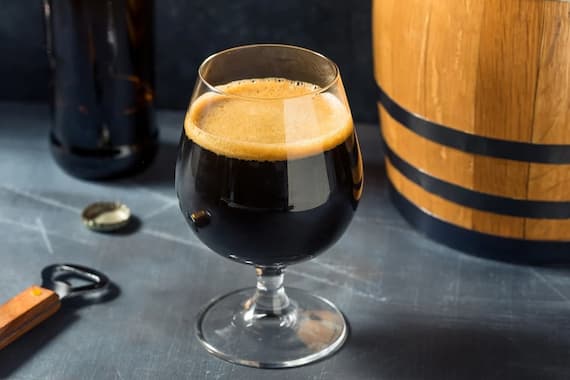Homebrewing is a fun take on enjoying beer. Why buy when you can create your own and get to know more about what it takes to experiment with ingredients, flavours, tastes, and all the chemical processes behind it? The beauty of it is you don’t have to invest a large sum of money in this kind of hobby right from the start to be able to make the most of it.
This wouldn’t be possible without the homebrewing kits that consist of everything you’d need to create your first batch, including the quality malt extract so you can skip right through the conversion process of starch into fermented sugar by mashing the grains, and save up on time. This also reflects on the equipment needed for homebrewing, as skipping this step would mean requiring fewer pieces to begin with. Hence the economisation of money too!
The ready-made product is primarily made from wheat or barley, or both, and is packed with nutrients (e.g. antioxidants). Thanks to the nutrients, and sweetness, many people even use it instead of processed sugar. To get consistent and desired results, it’s advisable to choose the supplier carefully, to know you spend your money on ingredients of value. Once you do, you’re going to have to choose between liquid and dry extract.
Which Is Better LME or DME?
Well, there’s no right or wrong out of these two choices because they’re both quality malt extract that’s made basically the same way: created into wort through mash and dehydration. The difference is the liquid is dehydrated to 20% water, producing a syrup-like texture packed in pouches, whereas the dry to about 2% which provides the chance to grind it to a powder packed in a bag.

Each comes with pros and cons and the choice comes down to what it is you prefer out of these pros and cons. For example, the strength of LME is the incredible range of flavours, including hoppy ones which makes it great even as a base malt, while DME shines in the department of more tolerance to temperature, colour consistency, and exceptionally long shelf life, along with the ease of measurement for the batch.
Also speaking of the liquid form of malt extracts we can’t overlook the convenience of use, which can come in handy with first-time brewers too who are just trying to get a hand of the process. If you do happen to buy the dry instead of the liquid, however, keep in mind the difference in water content is reflected in the sugar content too.
If you plan on substituting one with the other, remember although not interchangeable it’s still possible to pull this switch off by maintaining the ratio while utilising the extract. There are some websites that can provide you with a conversion calculator, but for the sake of helping you out with the homebrewing venture, I’ll provide you with a simple conversion ratio in mind: it’s roughly one pound of LME to 0.8 pounds of DME.
If it’s the other way around, one pound of DME comes to 1.2 of LME. In terms of the cons, the problem with LME is it can undergo colour changes (tends to darken) if improperly stored, despite its typical two-year shelf life, as opposed to the problem with DME and moisture when exposed to air and improper sealing with the storage.
Types of LME
As mentioned previously, the malt syrup extract has a much greater range of options than the dry alternative, so you can pick from:

- dark extract for any black beer,
- light, pilsner, or pale as all-purpose malts perfect for a base in any extract beer type,
- extra light for pale beers,
- amber for darker yet sweeter beers,
- wheat for wheat and blonde beers as well as a secondary ingredient to some beers,
- rye for rye beers,
- Vienna or Munich extracts for specific German-style beers,
- Sorghum for gluten-free beers.
Types of DME
Although some years ago, the options of dry brewing malt extract were somewhat limited, homebrewers nowadays are in luck as they can choose from, including some as dry counterparts to the liquid, such as:

- dark extract for dark beers, like stouts and porters,
- light, pilsner or pale as all-purpose malts perfect for a base in any extract beer type,
- extra light for pale beers like lagers,
- amber for darker yet sweeter beers,
- wheat for wheat and blonde beers, and can even be used as a secondary ingredient.
As you can see, you’ve got a vast array of choices to look through and buy, depending on what it is you prefer and wish to create. Whatever your imagination leads you to, mixing or experimenting with, you’re sure to find the right extract to make your brewing a whole lot easier and fun. Keep the recipe in mind when buying, and you can count on great results!


